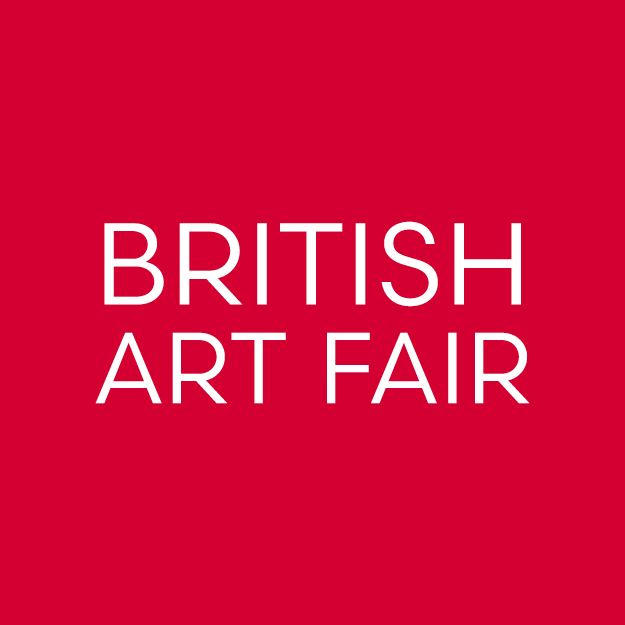The Rise of Digitalism: A New Movement in Art
Rebekah Tolley, May 2025
In 2024, British Art Fair featured a dedicated section of Digital art entitled PIVOTAL: Digitalism. This was curated by Rebekah Tolley alongside an advisory team of digital luminaries — Lol Sargent, Peter Higgins, Tom Roope, Jacqui Kenny, Jack Hardiker and Tom Cullen. This feature brought digital art being created and exhibited in Britain today into the spotlight, and launched Digitalism as an artistic movement.
PIVOTAL celebrated artists working across a broad range of digital practices in ways that respond to contemporary concerns and timeless artistic questions. This feature section will return for British Art Fair 2025 with DBA: Digitalism, which aims to broaden visitors’ experience and knowledge of digital art.
A brief history of the Digital in art
The term Digitalism may be new, but the roots of digital art stretch back to the early days of computing and media experimentation in the 1960s and 1970s – from Nam June Paik’s pioneering video installations to Vera Molnár’s algorithmic drawings. By the end of the 1990s, a wave of artists, coders, and theorists were building on the foundations to lead today’s digital culture.
In the 1960s, British artists such as Roy Ascott were relatively ahead in imagining what digital and telematic art could become. Ascott’s work in cybernetics, behavioural aesthetics, and networked creativity reframed art as an evolving, participatory process. In his own words:
“Art is not a thing — it is a way of being in the world.”
“We do not need a new technology so much as we need a new perception of what technology can be.”
In early 1990s London, collectives such as Antirom were experimenting with interactivity, code, and multimedia in ways that broke from linear storytelling and passive spectatorship. At the same time, thinkers like Sadie Plant were reframing the digital conversation. In Zeros + Ones: Digital Women and the New Technoculture, Plant explored how women, code, and cybernetic logic were entangled, showing that the digital was not neutral, but deeply ideological.
Prior to the new millennium, Peter Gabriel’s, Real World Multimedia studio (founded in the late 1980s) released the Ceremony of Innocence CD-ROM, a multi-award-winning interactive narrative based on Nick Bantock’s Griffin and Sabine trilogy. It was one of the first digital artworks to bring together tactile design and narrative depth into a poetic multimedia experience, demonstrating that digital media could be both emotional and symbolic.
Digital art continues to be about storytelling, particularly how we see ourselves and each other in the digital age.
What is Digitalism?
Digitalism is how art, culture, and technology are intertwined in the digital era.
It reflects how artists are processing their reality through tools which are native to their experience in the digital age, using AR, AI, VR, generative algorithms, synthetic photography, digital performance, blockchain provenance, and hybrid installations.
Digitalism responds to the social shifts which have been brought about by the internet and the ever increasing presence of technology in our lives.
Digitalism embraces the questions we must now ask of our times:
How do we define reality? What is authorship in an age of algorithms? And what role does the artist play in shaping our future digital mythologies?
With the 2025 feature section DBA: Digitalism, we continue to promote this new movement in art. DBA stands for Digital British Art – a nod to the YBAs (Young British Artists) of the 1990s and indicating the arrival of the next artistic movement.
Why it matters – and why now
In our current world, digital tools are integral to how we live, connect and create. Artists born into a digitally saturated environment are producing work that is native to these spaces. Digitalism embraces connection, collaboration and co-creation. Art has always responded to societal and technological change, and Digitalism is no exception.
It's not just about art. It’s about how we learn, communicate, protest and play – a new lens through which to view the world.
To quote Ascott once more:
“The artist’s role is not to show us what we already know, but to help us see the world anew.”
DBA: Digitalism
British Art Fair
Saatchi Gallery, London
25 – 28 September 2025
